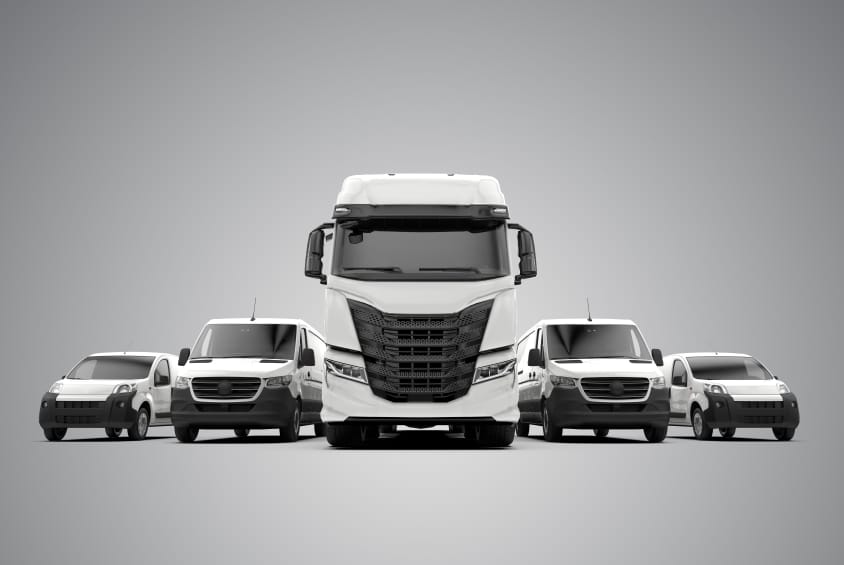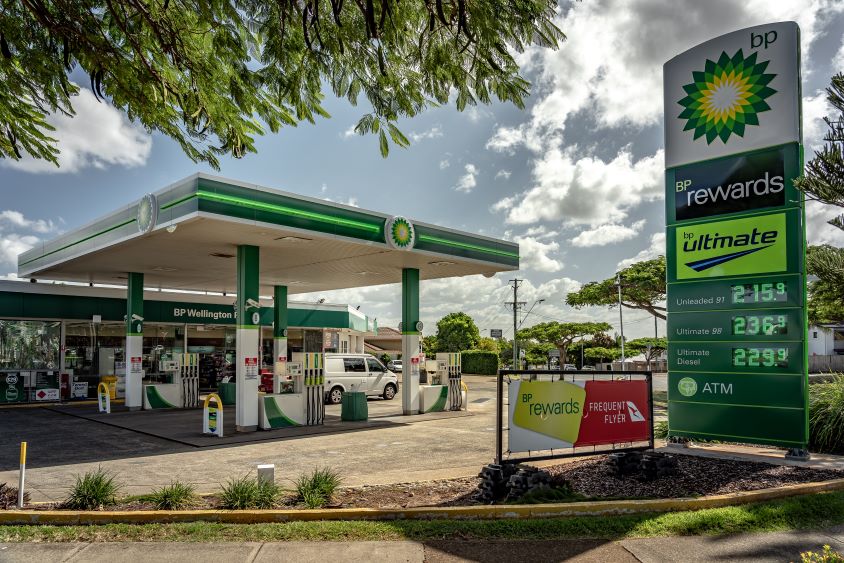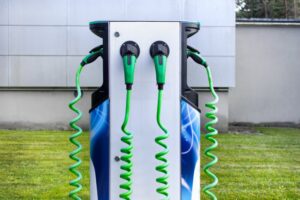When costs rise, the businesses that are hardest hit are always those at the smaller end of the scale. SMEs, with fewer cash reserves to fall back on in times of need, are more vulnerable to fluctuations in the market – and must take all reasonable steps to protect their profitability.
For many small businesses, fuel is one of the most (if not the most) significant operating costs to contend with. So, it’s no surprise that the sky-high prices we have seen for petrol and diesel over the past year have put many fleet managers on edge. That’s why having a robust financial strategy is crucial to success, and factoring in supply chain disruptions, staff shortages, and fuel prices, is crucial for SME fleets.
For fleet managers looking to get ahead of the curve and implement an effective cash flow management strategy, the place to start is with comprehensive cashflow forecasting, both for the short and long term.
What is a cash flow forecast?
For fleet managers, a cash flow forecast is a simple excel document that maps out expected costs and revenues over time. Alternatively, cash flow forecasting software is available in market from external providers, however the essence of the forecast is the same; documenting all of fleet’s outgoings over a specific time.
The period of time you might choose to forecast for will depend on your circumstances and there can be many benefits to performing forecasting for both the long and short term.
During the lockdowns of 2020 and 2021, many business made the switch to short term forecasting as the landscape was changing so rapidly that any longer term predictions were highly unreliable. This same attitude can be taken if the focus of your cash flow forecasting is navigating the ongoing fuel market fluctuations.
Are fuel prices going to rise?
While prices have seen a gradual decline from their peak in July 2022, they remain high compared to pre-pandemic prices and are predicted to rise again later this year.
In recent news, Saudi Arabia, Iraq and several Gulf states announce their plans to cut output of crude oil by as much as 1 million barrels per day which will undoubtedly increase pressure on the fuel supply globally.
Creating a cash flow forecast that works for your fleet
Fleet cash flow forecasting will look different for every business, but there are three main considerations that you can shape your forecasting around:
1. Decide on your forecasting period
Gauging the scale of the role fuel plays in your fleet, then reconciling this with the current volatility of fuel prices in the current market should enable you to make a reasonable judgement around what an appropriate forecasting window could look like for your business.
For example, implementing a daily or weekly forecast could help you react quickly to any changes in market, however it may be quite resource intensive for small teams. Conversely, a more traditional monthly or quarterly forecast could give you a rough understanding of your predicted revenues, while enabling you to focus more on day-to-day tasks – and this may be appropriate for businesses that aren’t too dependent on the stability of specific overheads.
2. Estimate your fleet expenses and outgoings
This will include your fleet’s average mileage, maintenance, and servicing costs as well as the cost of any telematics services or programme subscriptions you use for fleet management. It’s crucial to use historical data as much as possible to keep these predictions realistic.
Beyond identifying all of your business’ costs, it’s worth factoring in your plan to reduce each of these costs – whether that involves renegotiating deals with suppliers, or looking for innovative products in market to reduce individual costs.
One strategy that could be useful in a longer term cash flow forecast is to practice pessimism; factoring for the worst case scenario in terms of fuel prices to help ensure that your revenues are protected.
3. Look at the fuel trends
While the crude oil market remains at times unpredictable, looking at the patterns in recent months and expert insight looking forward can help you to get an idea of when price increases could be expected and what sort of increases we might see.
Whilst you might not be able to forecast with a high level of certainty, rough estimates and a certain amount of tactical pessimism will help you to predict which periods of the year might require stricter cost management.
With this information, you can then consider in more detail what your costs might look like on a monthly/quarterly basis and how this will affect the profitability of your fleet operations. Adjusting operations and expenditure to balance costs in more expensive months is then easier to manage and less of a shock to cash flow.
Slash costs from day one
The information gathered from cashflow forecasting can help fleet managers of small fleets set up outgoings in such a way that the impact of fluctuations in the fuel market are dampened, setting businesses up to better weather the storm.
For measures that fleet managers can put in place as a foundational tool whatever the market outlook, there are a range of great tools that can help to streamline fleet management, cut administrative costs, and effectively monitor fleets to identify areas where consumption and safety can be improved.
At Fuel Card Services, we provide a range of fleet software and telematics including Tele-Gence, My Transport Planner, MyService.Expert and more. With the right combination of tools and a fuel card designed for small fleets, you can cut costs across the year, putting you in an even better position to handle anything the crude oil market throws your fleet’s direction.
Get in touch today to discuss our fleet management tools and the variety of fuel cards and charge cards available for SMEs.






